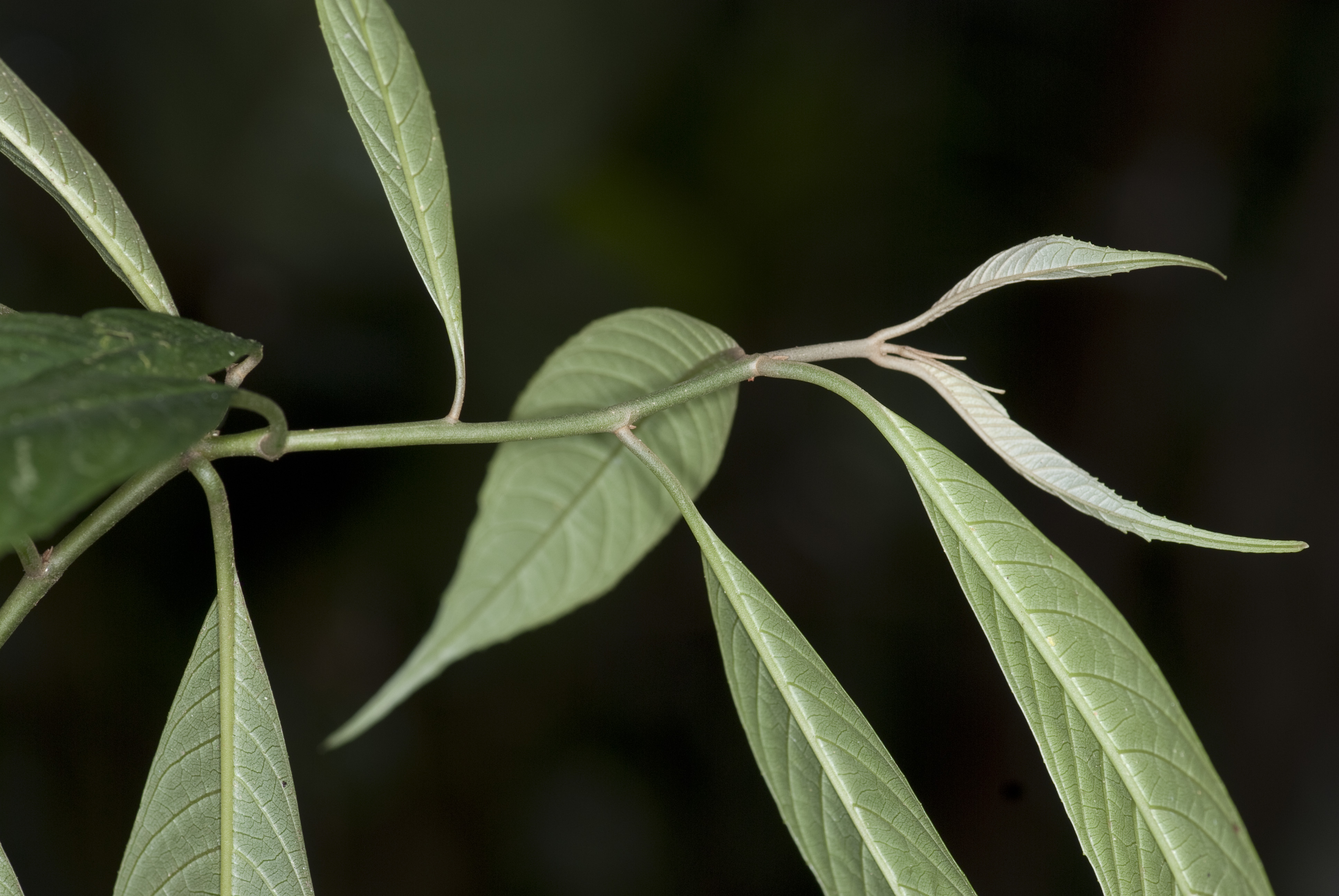Dr. John Clark doesn’t seem like a violent man.
His first job out of college was with the Peace Corps. He asks, in humble fashion, almost as many questions during an interview as he answers, sends his “regards” with most of his e-mail exchanges … and makes you believe he means it, and he studies, in his chosen profession, flowers and other plants.
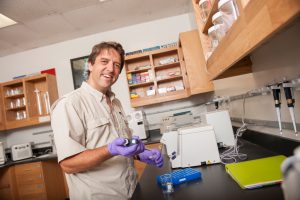
Yet, a group once wondered aloud whether he was one of those “foreigners who kills people and puts them in boiling water and extracts their fat to cook with.”
And the group doing the wondering … while gesturing angrily toward Clark … was known, historically, for shrinking the heads of its enemies.
And you thought botanists didn’t live on the edge.
Clark, curator of The University of Alabama’s Herbarium – the home to some 70,000 dried plant specimens – who will be promoted to associate professor of biological sciences in August, has spent much time in Ecuador. First as a high-school student participating in an exchange program, later as a Peace Corps volunteer and now as a botanical researcher, Clark estimates he’s traveled to the South American country 20 times, spending a total of six years there since his first trip in 1988.
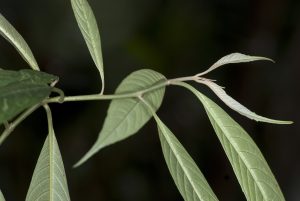
A few of his more recent trips to Ecuador led to his co-authoring a paper in Systematic Botany where he and his colleagues identified a new genus of plants – a plant significantly different from any known species.
Such discoveries, Clark points out, occur only about once a decade in Ecuador – much less frequently than discoveries of a new species.
“This year, alone, I’ll probably publish 10 new species,” says Clark, a former Fulbright Scholar who directs The University of Alabama in Ecuador Program. “That is something that is relatively easy to come by. There are always nuanced differences between things. A new genus is a much bigger deal. It has to be something that is phylogenetically unique and morphologically unique. This is a genus that is so morphologically unique that no one even agreed on what family it belonged to. Everyone pushed it into everyone else’s group.”
Clark and his colleagues named the plant, which, more precisely, is a large tree, Shuaria ecuadorica. Turns out, Clark says, it belongs to the family Gesneriaceae, a group of plants of which African violets are a type and the group which draws most of Clark’s attention. The large tree’s closest known relative is actually a small herb, but the oddities don’t stop there, Clark says.
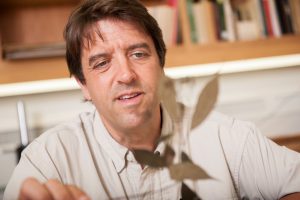
Most plants’ leaves are arranged either opposite one another or alternate to one another. Classifying such leaf arrangement, what botanists call the plants’ phyllotaxy, is common. But, with this plant, you can’t just check the box marked ‘opposite’ or the one slugged ‘alternate.’
“It’s got both,” Clark says. “I’ve never seen it before.”
To see the difference, think about your arms and legs, Clark suggests. Your arms are, of course, opposite one another. Your right arm is alternative to your left leg.
“If I were just looking at herbarium specimens, I don’t think I would believe it,” Clark says. “But, I went into the field and saw this variation happen consistently on a lot of branches. That’s something I’m not aware of in any other groups.”
Going into the field in southeastern Ecuador is not for the timid. The indigenous people there, the Shuar, aren’t too keen on new faces.
“The Shuar are not kind to outsiders … it’s not just foreigners, but they don’t like Ecuadorians going in there,” Clark says. “They don’t want people telling them to preserve their land. They want to manage it themselves. They are very suspicious of outsiders.”
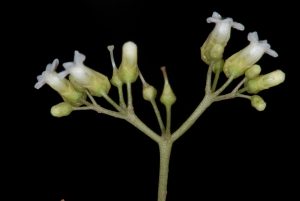
All this Clark knew, in advance of the aforementioned trip when tempers flared and hearts thumped. Clark joined a botanist colleague and friend, Dr. David Neill, and a native Shuar, Tuntiak Katan, and others on a research and collecting expedition.
“You just can’t go there unless you are with a native indigenous guide.”
And sometimes, as the UA College of Arts and Sciences’ researcher would learn, even with a guide it gets dicey.
“We had well-established rules, and the expedition was discussed in great detail by the community,” Clark says. And yet …
The group took a plane directly into the village, landing on a small grassy airstrip.
“The first thing that happened was a discussion that I didn’t understand. They were obviously upset that I was there, but Tuntiak was able to calm their fears and talk to them about why we were there.”
Only after Clark and the group were safely away from the village did Katan relay to Clark the concerns that were raised about him, boiling water and his dietary intentions.
Clark voiced concern for the newly discovered tree’s future.
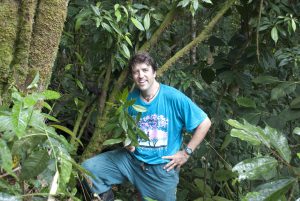
In a few years, all the vegetation in the area from where Clark and his colleagues documented the find may be removed for the development of a copper mine.
“It’s thought to be one of the largest untapped copper mines in the world.”
If the tree population is destroyed, Clark hopes to find and document other sites where the trees grow and where a reserve, funded by the mining company, would be established to protect the trees.
Land ownership and managing natural resources in Latin America is complex, Clark says.
“In that part of the world, if you have trees on the property, you can be viewed as being lazy. There’s a huge push to cut down trees to show ownership. It means you’re productive and you work hard.”
Clark says such views are slowly changing, as some are beginning to see the need for a balance. But it’s not yet clear, the UA botanist says, if the change will happen quickly enough to help plants like Shuaria ecuadorica and others.
“It’s still an uphill battle.”
And one that Clark, though not violent, is willing to fight.
